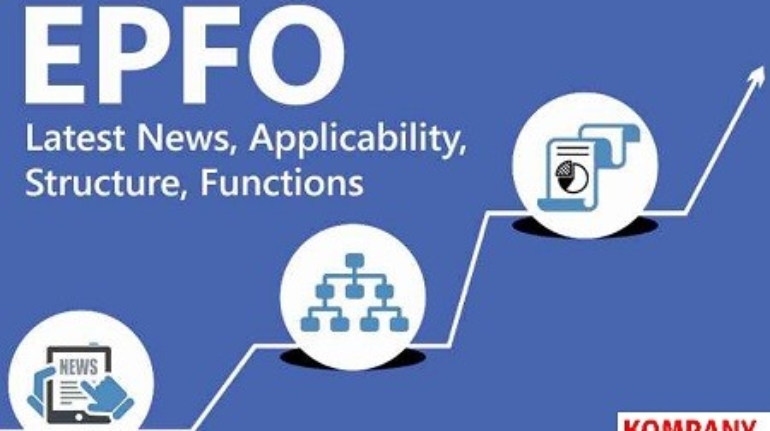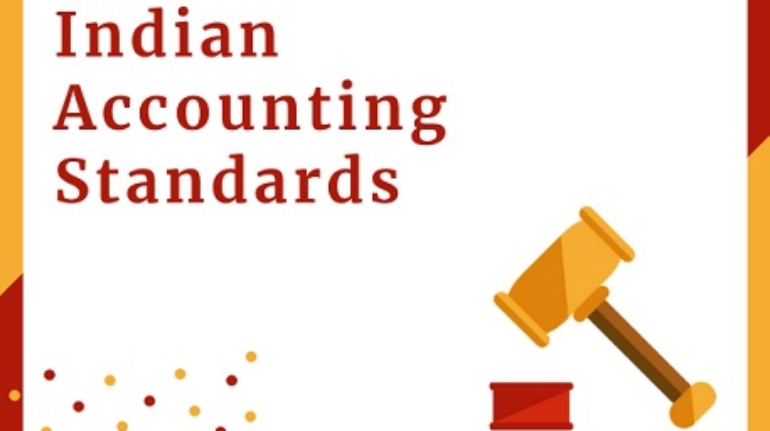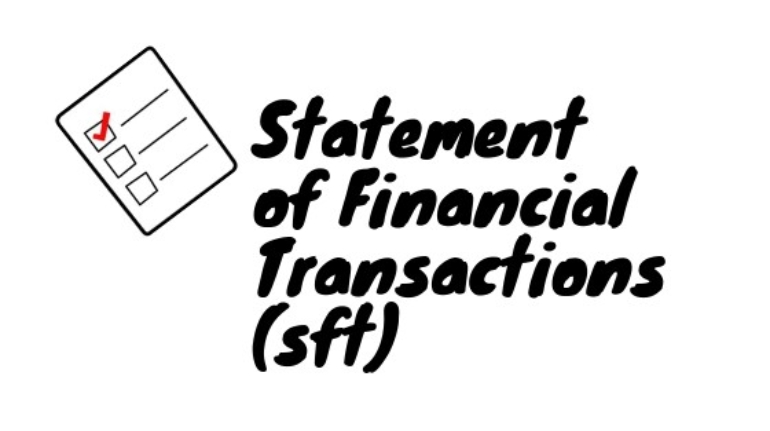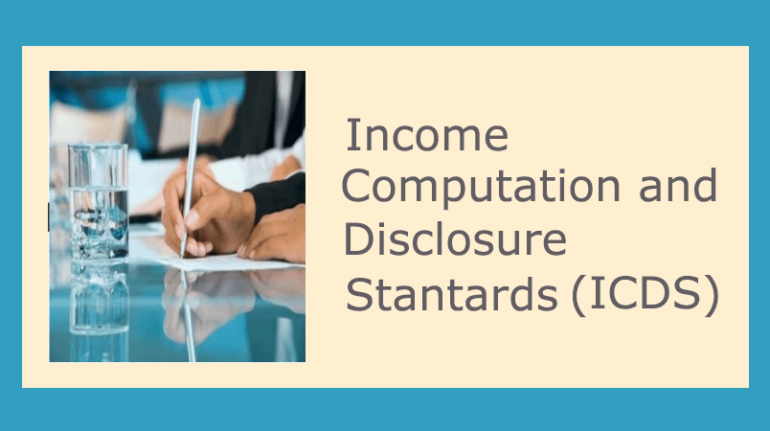Employee Provident Fund Organization (EPFO)
Employee Provident Fund Organization (EPFO) The employee provident fund came into existence with the promulgation of Employees’ Provident Funds Ordinance on the 15th November 1951. It was replaced by Employees’ Provident Fund Act, 1952. The act is now referred to as the Employees’ Provident Funds & Miscellaneous provisions Act, 1952. The Act and schemes framed there under are administrated by a tri-partite Board known as the Central Board of trustees, Employees’ Provident Fund, consisting ...










